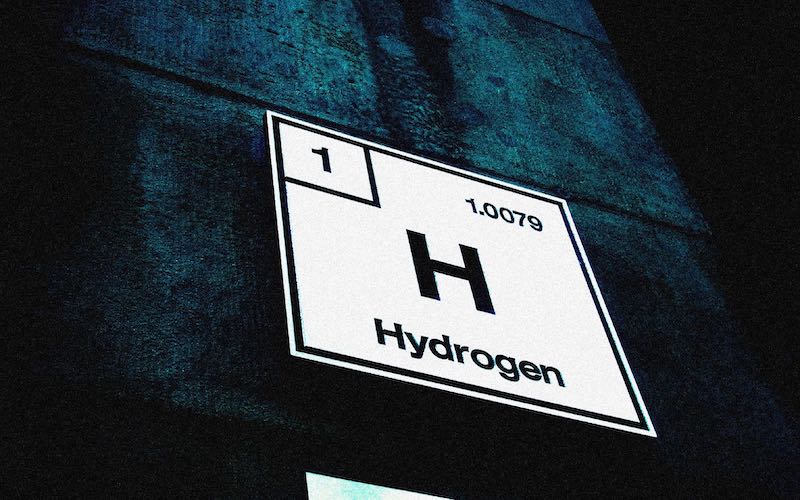
Photo: Matthew Bodaly via Flikr
January 12, 2023 (HARTFORD, CT) – Connecticut’s Hydrogen Power Task Force has approved a report examining the future of clean hydrogen in the state. The report is a critical step in ensuring that Connecticut establishes clean hydrogen policies that are consistent with state climate goals. Conservation Law Foundation, Sierra Club, Acadia Center, and the Connecticut Roundtable on Climate and Jobs released the following statements in response.
“Most hydrogen is currently produced from fossil fuels, so it cannot be considered clean energy,” said Shannon Laun, Vice President of CLF Connecticut and an appointed member of the task force. “As the report makes clear, the way hydrogen is produced is a critical piece of the puzzle. Investing in dirty hydrogen could actually increase emissions and make it harder to meet our climate goals, but clean hydrogen certainly has promise for uses that are hard to electrify.”
The current supply of clean hydrogen is extremely limited and scaling up production will require a huge increase in renewable electricity generation, but clean hydrogen can play a key role in reducing emissions from hard-to-decarbonize end uses like industrial processes and aviation.
The legislature created the Hydrogen Task Force to study hydrogen-fueled energy in the state’s economy and energy infrastructure. The report details the costs, safety, and logistical issues, and potential uses for hydrogen fuel in the coming years.
“The Hydrogen Task Force report rightfully recommends further investigation and evaluation of hydrogen sources and uses,” said Samantha Dynowski, State Director at Sierra Club Connecticut and an appointed member of the task force. “As a state, we must act with extreme caution to avoid launching a hydrogen economy that boosts harmful emissions and increases ratepayer costs.”
“Green hydrogen is and will continue to be a limited resource that must be strategically deployed in sectors of the state’s economy that are most challenging to decarbonize through direct electrification,” said Ben Butterworth, Director of Energy, Climate and Equity Analysis at Acadia Center. “Acadia Center supports the Hydrogen Task Force’s recommendation that state-level efforts to expand the role of hydrogen should focus on the highest priority, most challenging to electrify end uses including aviation, cargo ships, long-haul trucks, and high heat industrial processes.”
“The Hydrogen Task Force has done a remarkable job of setting out priorities for what the future of hydrogen in Connecticut might look like,” said Aziz Dehkan, Executive Director at the Connecticut Roundtable on Climate and Jobs. “The CT Roundtable on Climate and Jobs continues to encourage those responsible for creating statewide policies to pay close attention to prioritizing public investments in lowest-emission technology. Technology pathways should be evaluated for greenhouse gas reduction effectiveness, market cost, and social cost including health, safety, waste disposal, pollution, safety, and employment. This includes workforce development/job training, jobs for those leaving the fossil fuel sector, access for low-income communities, people of color, reentering citizens, family-sustaining wages and benefits, and strong labor standards with worker safety policies.”
The report recommends actions that the legislature, state agencies, industry, and the University of Connecticut should consider to facilitate the growth of clean hydrogen. It also emphasizes the need for Connecticut to establish robust public processes that provide meaningful opportunities for stakeholders and affected communities to engage and ensure that the state considers climate goals, environmental justice, workforce development, and other priorities.
The report grouped potential end uses of hydrogen into “highest priority end uses” and “high priority end uses.” These classifications were reserved for end uses that are most challenging to electrify. Blending hydrogen into the gas distribution system for residential and commercial customers did not meet the threshold for either category, primarily because the report found hydrogen blending economically uncompetitive compared to direct electrification of buildings. As the report highlights, “A meta-analysis of 32 independent studies considering the use of hydrogen-based heating systems for residential customers found that hydrogen was more expensive than electrification regardless of the climate or region studied.”
Experts are available for further comment.
###
